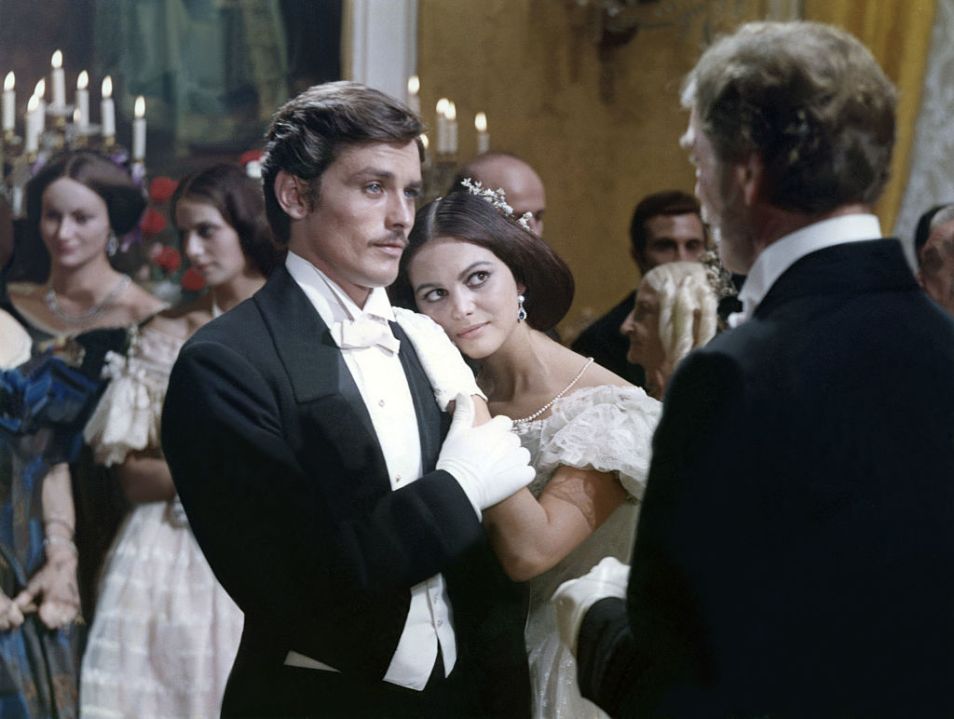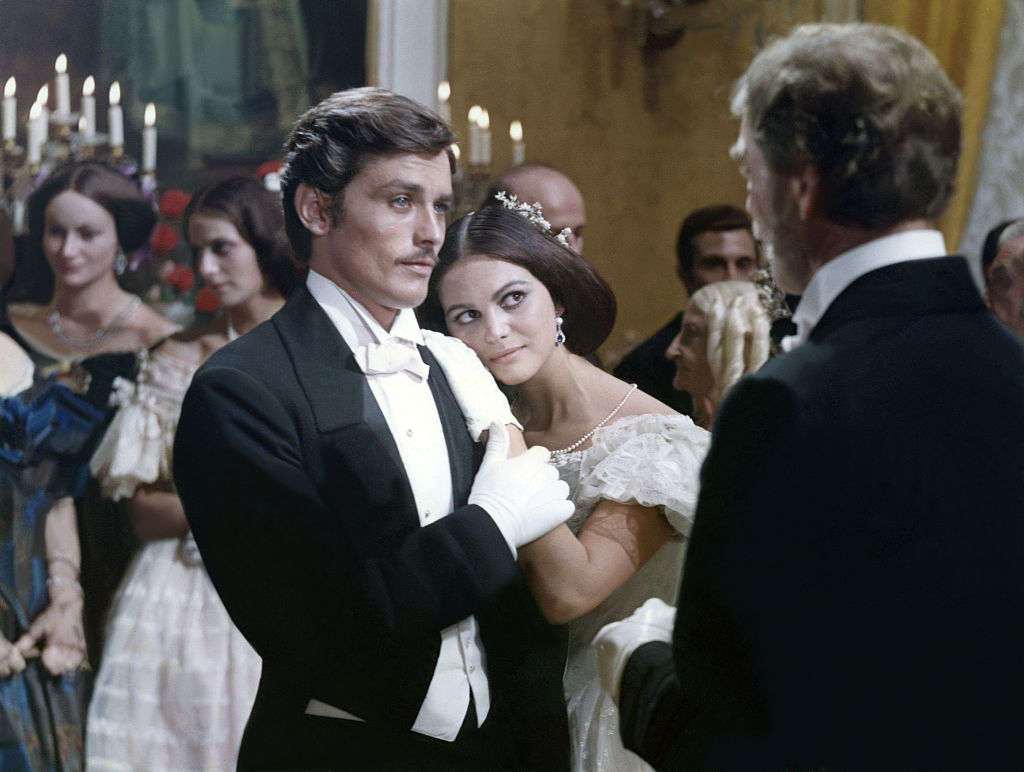Written by Giuseppe Tomasi di Lampedusa at the end of his life in the late 1950s, it is a novel about the collapse – one century beforehand as a result of the reunification of Italy – of the Sicilian aristocracy of which his family was a part, and its replacement with what was called democracy. It also explains, oddly perhaps, the rise of the Sicilian Mafia without once even mentioning the word ‘Mafia’.
Il Gattopardo – actually the word means ‘serval’, not ‘leopard’ – so named after the small wild cat on the family’s coat of arms – was the only book Tomasi, Prince of Salina, ever wrote. He failed to find a publisher while he was alive. Mondadori and Einaudi both turned it down. However, soon after his death in 1957, aged 60 from cancer, Feltrinelli agreed to publish it and this happened in 1958, the year of my own birth.
It became an instant hit and is often talked about as the greatest ever novel written by an Italian. Film director Luchino Visconti, whose aristocratic forebears had governed Milan in the 15th century, turned it into a magnificent film in 1963 starring Burt Lancaster, Alain Delon and Claudia Cardinale.
Now Netflix has done a six part series based on the novel. It is not all that bad, especially in the way it conveys the savage beauty of Sicily, but it comes nowhere near the greatness of the Visconti film – or indeed of the novel itself.
Quite apart from anything else its stars are physically and professionally not a patch on Lancaster, Delon and Cardinale, even if one of them is the daughter of Monica Bellucci no less.
Worse, though, the Netflix series focuses too much on love and not nearly enough on death which is the key to it all.
The novel begins in 1860 as Garibaldi lands in Sicily with 1,000 volunteers to unify Italy. Its main protagonist is the Prince of Salina, Tomasi’s great-grandfather, who has seven children, a wife whose belly button he professes never to have seen, a mistress, and constantly in attendance a personal priest and a great dane.
For centuries Italy has been a chaotic collection of city states and kingdoms controlled by among others the Savoys, the Spanish, the Austrians and the Pope. The main thrust towards reunification – or risorgimento (resurgence) – comes from the Savoys in Piedmont in the far north, near France.
The Mafia exists because the state is absent
But it is the loose cannon Garibaldi down in the deep south who kicks it all off in Sicily.
It always amuses me that in those days nationalists such as Garibaldi were regarded by the chattering classes as freedom fighters, whereas today they are regarded as far-right nazis.
The Leopard is an exquisite meditation on death – the death of the Sicilian aristocracy and of the prince himself. He does not resist the risorgimento. He does not try to combat fate, destiny, or fortune. He accepts that his time has come.
The novel begins with the words ‘Nunc et in hora mortis nostrae. Amen’ at the end of the daily recital of the rosary and ends decades later after the prince’s own death with the stuffed body of his beloved great dane being tossed down into a courtyard which in flight seems for a moment to mimic the Salina family emblem. The last words of the book are: ‘Then all found peace in a little heap of livid dust.’
The key moment in this great novel comes when the prince’s beloved nephew Tancredi – who has joined Garibaldi because ‘all must change so all can stay the same’ – first sets eyes on Angelica, the daughter of Colegaro Sedàra who is mayor of Donnafugata where the Salina summer residence is situated on the south coast of Sicily. They become instantly infatuated.
In one way, this is all just about the clash and fusion of old money and new. Born dirt poor, Sedàra has become rich by dodgy land deals at the very margins of legality. His daughter is now set to marry into the poor but princely Selina family and this will help both sides.
But it is also about the overwhelming – transformational – power of female beauty. Tomasi writes of the arrival of Angelica for dinner that first night at the Salina palazzo:
The Salina family all stood there with breath taken away (…) She was tall and well-made, on an ample scale; her skin looked as if it had the flavour of fresh cream which it resembled, her childlike mouth that of strawberries. Under a mass of raven hair, curling in gentle waves, her green eyes gleamed motionless as those of statues, and like them a little cruel. She was moving slowly, making her wide white skirt rotate around her, and emanating from her whole person the invincible calm of a woman sure of her own beauty. Only many months later was it known that at the moment of that victorious entry of hers she had been on the point of fainting from nerves.
One feels that the sensual beauty of Sedàra’s daughter Angelica would have been quite enough on its own, not Sedàra’s money, to overcome any opposition.
So The Leopard is indeed about the power of beauty – not just death – and that means the beauty of Sicily itself as well.
But it is also about the Mafia, even though the word is never uttered (Angelica’s father is clearly a proto-Mafioso). It is precisely at this moment during the reunification of Italy between 1860 and 1870 that the Sicilian Mafia – Cosa Nostra – is born.
Under the ancien régime, the aristocracy had kept order. Now, no longer. The Mafia began in Sicily because the ‘piedmontesi’ from Turin who had driven Italian reunification castrated the Sicilian aristocracy but were themselves hardly present on the island. The Mafia exists because the state is absent. The Mafia fills the vacuum. It becomes the state. And if necessary it will feed you to the pigs, or drown your son in acid.
Yet there are so many similarities between Tomasi’s The Leopard and Francis Ford Coppola’s The Godfather. Prince Salina and Don Corleone are both so very princely. Martin Scorsese, whose family are from Sicily, has said of Visconti’s The Leopard: ‘I live with this movie every day of my life.’
As for me, a mere inglese, when I look at the face of a Sicilian I see everything but I understand nothing.
But when I look at the face of Claudia Cardinale all I see is earth-shattering beauty.








Comments